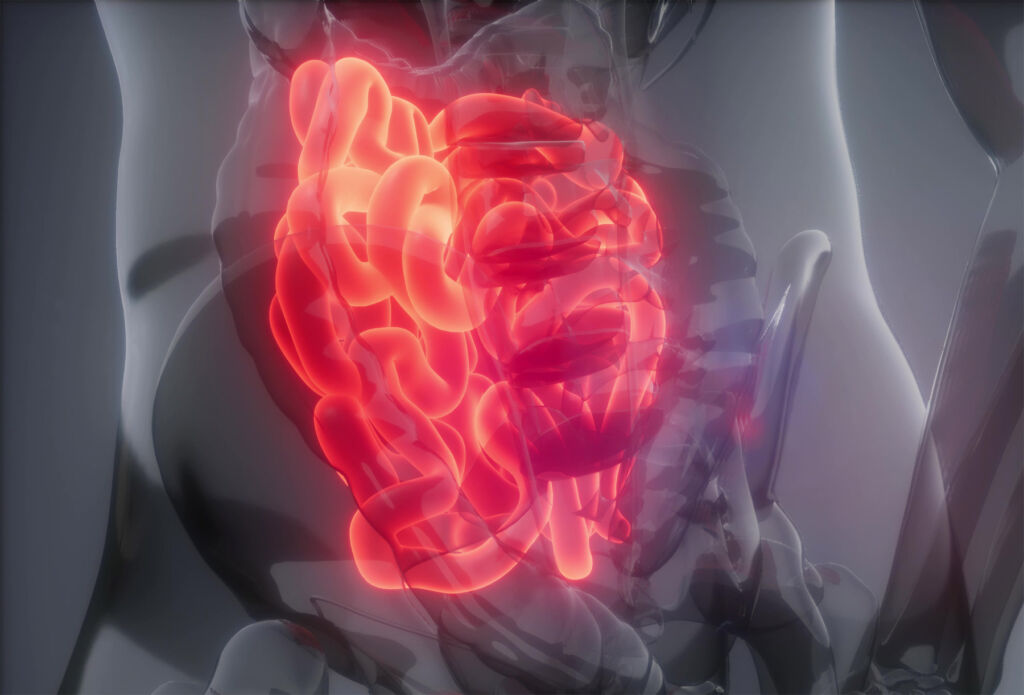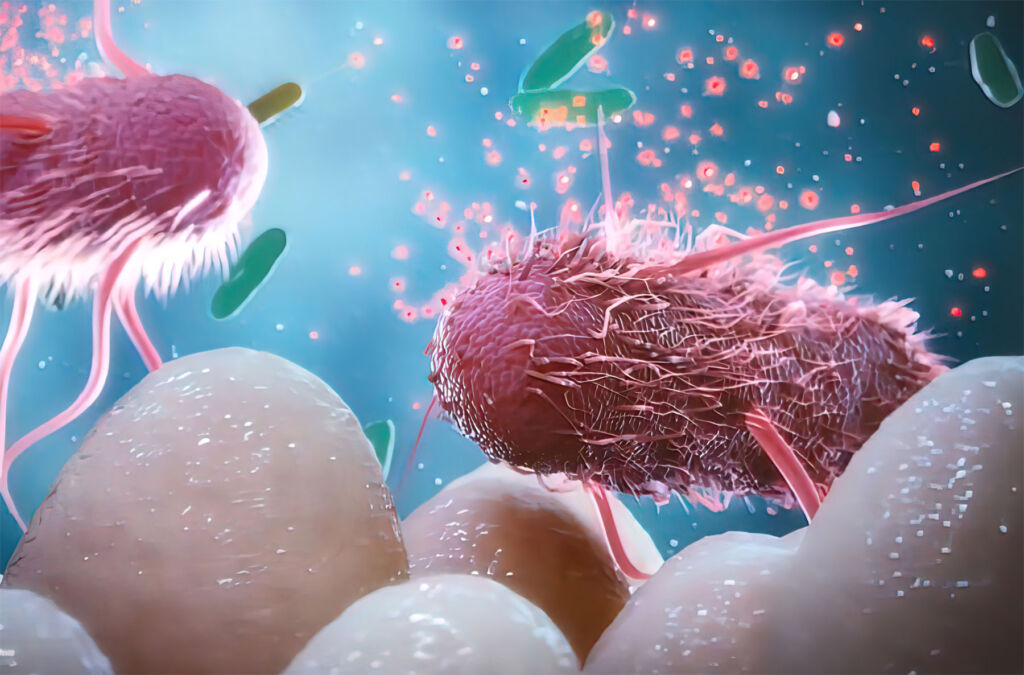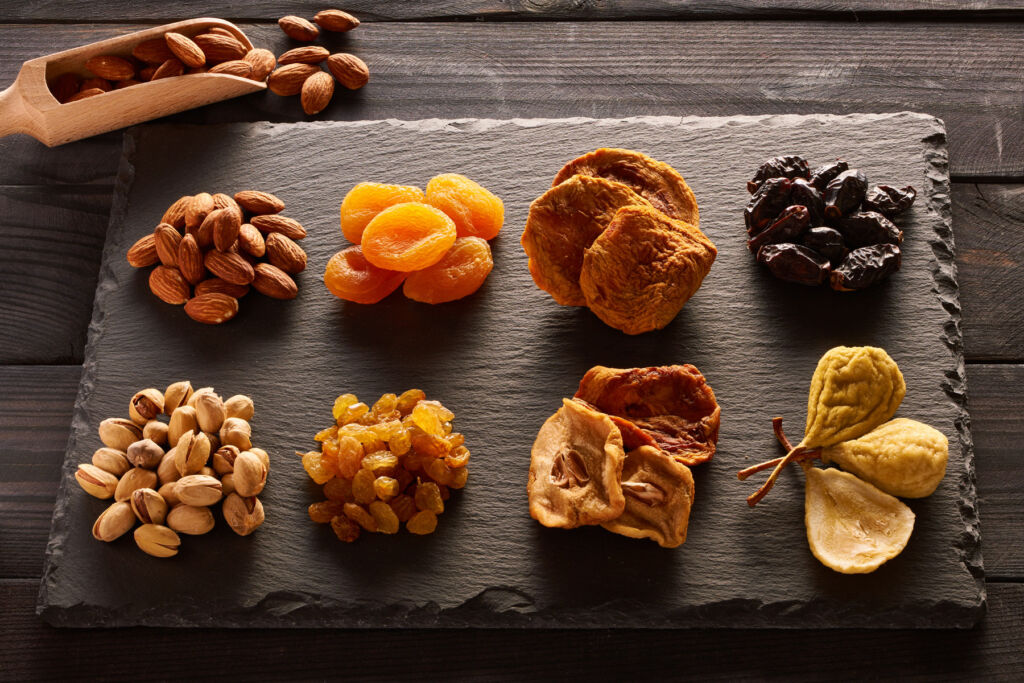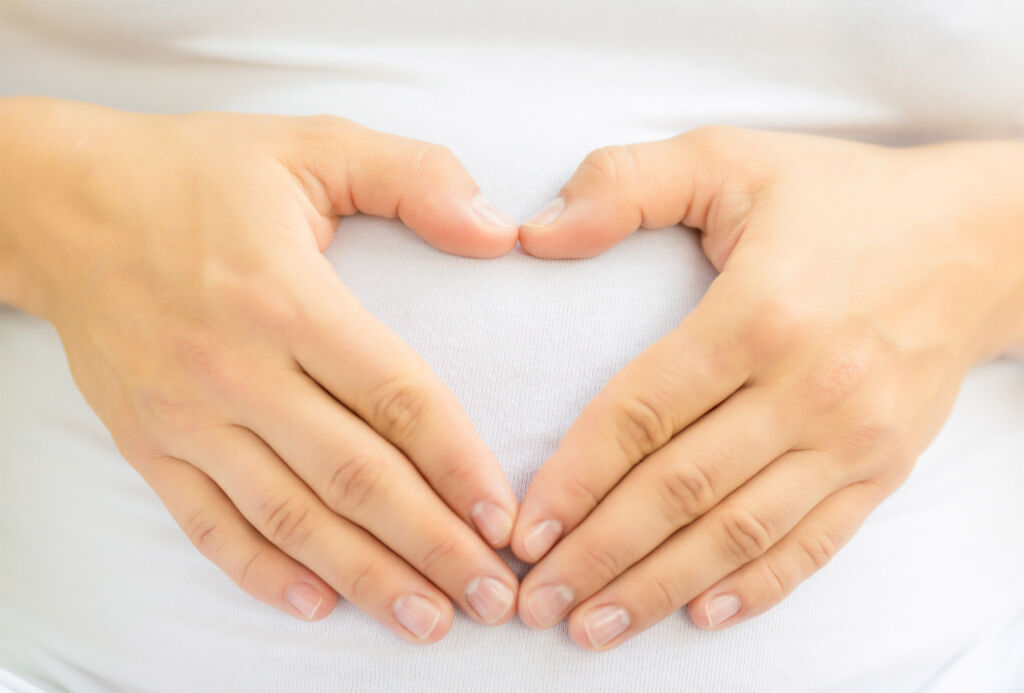
The bacteria living in every person’s gut are vital for ensuring good health. Our guts are home to somewhere in the region of 100 trillion microbes, representing up to 5,000 species, and they need to be looked after by providing them with the correct types and amounts of food, particularly Fibre. Worryingly, according to a newly released report, Brits are missing out on a third of their dietary Fibre.
Fibre intake levels are languishing at around two-thirds of what they should be despite mounting scientific evidence that this easy-to-source dietary substance helps to prevent a whole host of gut health-related issues. That’s according to a new report based on a consumer survey of over 1000 British adults aged 18 to 75+, entitled “Going against the grain,”[1] which lays out the huge health consequences of the great British fibre gap while providing a simple and effective solution.
“This new report conducted on behalf of General Mills, the maker of brands like Fibre One, and based on UK dietary intake data[2] and tells us that Brits are missing out on a third of the dietary fibre they should be consuming if they want to live long and healthy lives,” says GP, Dr Gill Jenkins.
Fibre feeds the good bacteria in our gut and encourages bad bacteria and other toxins to move through the digestive system and out of the body. So, not getting enough has major digestive health consequences.
Yet, according to the new survey, as many as two-thirds (65%) of Brits weren’t confident in their knowledge of the link between fibre consumption and boosting friendly bacteria in the gut.
So, it perhaps won’t come as a surprise that most had experienced gut health issues, including wind (54%), bloating (46%), diarrhoea (43%), hard stools (42%) or constipation (40%). Additionally, over a fifth (22%) admitted to having irregular bowel movements.
As GP Dr Binita Kalaria points out, “Research shows that eating Fibre helps to normalise bowel function and prevent constipation by speeding up the time it takes for the gut contents to pass through the large intestine. “Fibre, especially the type found in fruits, vegetables and oats, bulks up stools by boosting its water content, which, in turn, makes it easier to pass. We need it in our diets to help prevent serious gut health issues” [3].
Fibre is important for easing gut conditions, including constipation[4], irregular bowel habits[5], irritable bowel syndrome[6] and diverticular disease, but it’s important to check with your doctor first to rule out other medical causes.[7]

Dr Jenkins comments, “Fibre can be fermented and used for food by the gut bacteria. Certain types of ‘friendly’ bacteria love the Fibre in our diets, which stimulates their growth and activities. This, in turn, benefits us, as the bacteria produce helpful substances.”
Indeed, a study in the British Medical Journal[8] shows that high-fibre diets change the makeup of the gut microbiome to encourage more helpful bacterial species. These ‘friendly bacteria’ release short-chain fatty acids and other beneficial compounds into the gut. These not only nourish our gut cells but have knock-on health effects like:
- Regulating appetite hormones
- Enhancing the gut barrier against pathogens and foreign bodies
- Lowering blood cholesterol levels
- Reducing body fat storage
- Calming down chronic inflammation
- Lowering digestive cancer risk
Besides this list of benefits, Fibre could play an even more crucial role in digestive health. Despite 42,886 new cases of bowel cancer being diagnosed each year in the UK,[9] more than a third of the respondents (36%) didn’t know that a lack of Fibre could increase their risk of bowel cancer.
“This lack of knowledge of the link between low fibre diets and bowel cancer is a big problem, and upping our intakes to the recommended 30g a day is an extra safeguard against bowel cancer,” says Dr Kalaria, explaining that, “When the bacteria of the bowel come into contact with Fibre, they produce butyrate, a short chain fatty acid, which promotes bowel cell health. This reduces the chances of tumours developing” [10].
Dr Jenkins comments, “Fibre also increases stool frequency and bulk, as well as diluting their contents. This means that potentially carcinogenic substances, such as acrylamide from burnt foods or preservatives in cured meat and fish, are removed from the bowel more quickly.”
“It’s not the evidence for fibre that’s lacking”, says Dr Jenkins, “but the ways it’s communicated. It’s vital that we encourage everyone to get more Fibre into their diet and, crucially, give them the tools to do that easily within their busy lives.”
Indeed, two thirds of the survey respondents (66%) said they would be more likely to eat extra high fibre foods if a health professional said it would help their digestion,” says GP Dr Gill Jenkins, adding, “That’s why it’s important for nutrition and health experts to spread the word about the benefits of fibre.”

Five tips to fill up on Fibre
GPs Dr Gill Jenkins and Dr Binita Kalaria clearly understand the importance of meeting fibre recommendations for our digestive health. Here, they offer five simple tips for getting more Fibre into our diets.
Mix and match: “Don’t bore your tastebuds with the same breakfast every day. Go for higher fibre options by ringing the changes with the type of loaf you buy each week or the type of high-fibre cereal you stock up on, adding a serving of fresh or frozen fruit each time”, says Dr Jenkins.
Switch it up: “If you’re used to white bread, pasta, and rice, ease yourself in gently. Start by swapping white bread for half and half, and gradually move to whole grain varieties. Where pasta is concerned, besides regular wholegrain, there’s a huge variety of different types to try, from chickpea to lentil to buckwheat.” says Dr Kalaria.
Add a flourish: “There are several simple ways to enhance mealtimes with high-fibre add-ons. For instance, you could top porridge with chopped nuts and dried fruits or dress up a salad with colourful roasted veg and crunchy toasted seeds.” says Dr Jenkins.
Bean feast: “Protein is another important nutritional constituent of mealtimes. Beans are not only a good source of protein, they’re also rich in Fibre. So, why not swap out some of the meat in your next stew, casserole, curry, or chilli with a tin of beans. Besides being beneficial to your health, it’s likely to save you money.” says Dr Kalaria.
Drink up: “This last tip is especially important for supporting healthy fibre intake. Don’t forget that higher-fibre diets require us to drink plenty of fluids to keep things moving smoothly through the digestive system. Water is always the best option.” says Dr Kalaria.

References:
[1] A 2023 consumer survey of 1017 UK adults aged 18 to 75+, including 700 general population and 300 weight managers and dieters. Conducted by the Bell Institute of Health and Nutrition at General Mills. https://www.bellinstitute.com/
[2] NDNS: results from years 9 to 11 (2016 to 2017 and 2018 to 2019). https://www.gov.uk/government/statistics/ndns-results-from-years-9-to-11-2016-to-2017-and-2018-to-2019
[3] Portalatin M, et al. (2012). Medical management of constipation. https://doi.org/10.1055/s-0032-1301754
[4] Christodoulides S, et al. (2016). Systematic review with meta-analysis: effect of fibre supplementation on chronic idiopathic constipation in adults. https://pubmed.ncbi.nlm.nih.gov/27170558/
[5] Yang J, et al. (2012). Effect of dietary fiber on constipation: a meta analysis. https://www.ncbi.nlm.nih.gov/pmc/articles/PMC3544045/
[6] Ford AC, et al. (2008). Effect of Fibre, antispasmodics, and peppermint oil in the treatment of irritable bowel syndrome: systematic review and meta-analysis. https://www.bmj.com/content/337/bmj.a2313
[7] Aune D, et al. (2020). Dietary fibre intake and the risk of diverticular disease: a systematic review and meta-analysis of prospective studies. https://www.ncbi.nlm.nih.gov/pmc/articles/PMC7058673/
[8] McKeown NM, et al. (2022). Fibre intake for optimal health: How can healthcare professionals support people in reaching dietary recommendations? https://www.bmj.com/content/378/bmj-2020-054370
[9] Bowel cancer statistics. (n.d.). https://www.cancerresearchuk.org/health-professional/cancer-statistics/statistics-by-cancer-type/bowel-cancer
[10] Wholegrains, Fibre and cancer risk. (2022). https://www.cancerresearchuk.org/about-cancer/causes-of-cancer/diet-and-cancer/wholegrains-fibre-and-cancer-risk
![]()




You must be logged in to post a comment.